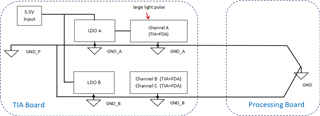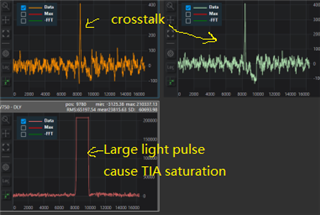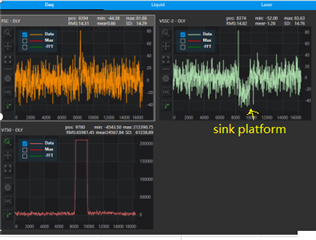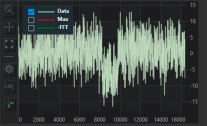Other Parts Discussed in Thread: THS4551,
I'm designning a board including three channels of light pulse detection, each channel contains OPA817 and THS4551 as following:

During test, I found large pulse on one channel will cause some crosstalk on other two channles. Adding metal sheilding between each channel can suppress the crosstalk but still need to improve.
I'v removed the light sensors on other two channels and tested again and the crosstalk still existed. With furthere tests I believed they are caused by both radiation and circuit conduction.
So I want to seperate the three channels as much as possbile but wondering what is the reasonable way. I imagined one scheme to seperate the power and GND on this board.

(Both posstive and negative rails are separated but not shown in the pic)
Does it make sense? But if I add metal sheilding between different channels and connected the sheilding to GND, the separation of GND seems useless.
Who can share some ideas and detailed notice on handling the similar problems?
BR,
Thanks!




